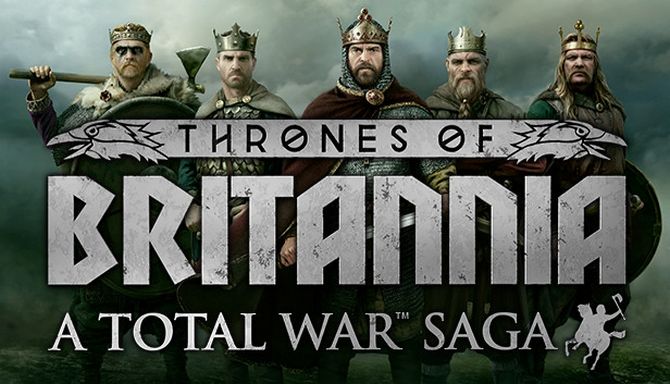Dreki - Spear Hirdmen
This transport ship is light and easy to manoeuvre, but almost defenceless if attacked.With a spear, a man may cut down those who oppose him in his lord's name.
For most of history the only way to move cargoes and people over long distances at any kind of reasonable speed was by water; this remained true until the invention of the railway. Trading vessels carried goods, following the coastlines for the most part, and up navigable rivers. The pattern of settlement and colonisation was almost entirely based on where ships could go. It was also considerably easier to move armies by sea than march them long distances. Trade ships were hired or requisitioned for such tasks, and this was an added incentive for generals to reach a quick conclusion to a campaign: war hurt trade, and used up ships needed for vital food supplies.
(Spear Hirdmen)
Much like the Roman ‘comes’, in the Viking world there emerged a culture of heroic champions flanked by chosen companions. The ‘hirdman’ was the highest rank amongst such warriors, and in later times the rank carried with it a seat on the king’s council, enabling them to advise their rulers on non-military aspects of government. In Old Norse and Old English, the term translates to ‘household man’, originally referring to an armed retinue for a warlord but eventually morphing into ‘housecarl’ or ‘huscarl’, specifically referring to a royal guard. Following the ninth-century Danish settlement of England, huscarls also became an integral part of Anglo-Saxon armies, famously defeating their Norwegian counterparts at Stamford Bridge and protecting King Harold's body to the very last man at Hastings.
Hirdmen and huscarls were undoubtedly warriors of elite status, reflected in their superior weaponry and armour. Armed with spears, they were arguably wielding the oldest purpose-built weapon in existence. Given its comparative cheapness and ease of construction, the spear was one of the most commonly used weapons among all classes of fighting men before and throughout medieval times. Its notable advantage was the longer reach it afforded its bearer, enabling effective engagement with a larger or mounted enemy who might otherwise be out of reach. The Viking tendency to emblazon spears with ostentatious decorative carvings indicates that some were primarily used for thrusting rather than throwing, reducing the possibility of losing what were obviously prized weapons.
Unit Name Dreki - Spear Hirdmen |
Main Unit Key shp_vik_spear_hirdmen |
Land Unit Key vik_spear_hirdmen |
Naval Unit Key vik_dreki |
Soldiers 160 |
Category Heavy Ship |
Class Melee Ship |
Custom Battle Cost 550 |
Recruitment Cost 550 |
Upkeep Cost 175 |
Hull Strength |
└ Ship vik_dreki |
Speed |
Melee Skill 33 |
Melee Damage 32 |
├ Melee Weapon vik_spear |
├ Melee Base Damage 22 |
├ Armour-piercing Damage 10 |
├ Armour Piercing No |
├ Attack Against Cavalry 25 |
├ Attack Against Elephants 0 |
└ Attack Against Infantry 0 |
Charge Bonus 23 |
Melee Defence 63 |
├ Base Defence 33 |
├ Shield vik_medium |
└ Shield 30 |
Armour 15 |
├ Armour vik_leather_helmet |
├ Armour Defence 15 |
└ Shield Armour 0 |
Health 100 |
├ Man Entity vik_inf_med |
├ Man Health 100 |
└ Bonus Hit Points 0 |
Morale 45 |
Abilities
Spear Hirdmen- Shield Castle
"Heads down, lads, things are about to get a little hairy around here!"
Units cannot move in this formation.
Attributes
- [[col:yellow]]Expert Charge Defence[[/col]]
This unit’s melee attack and damage are increased against charging enemies. - [[col:yellow]]Disciplined[[/col]]
This unit does not suffer a morale penalty when the general dies. It can also rally after routing more often. - [[col:yellow]]Hide (forest)[[/col]]
This unit can hide in forests until enemy units get too close.
Strengths & Weaknesses
No Strengths and Weaknesses


 Français
Français Italiano
Italiano Deutsch
Deutsch Español
Español Русский
Русский Čeština
Čeština Polski
Polski Türkçe
Türkçe Português (Brasil)
Português (Brasil) 한국어
한국어 简体中文
简体中文 正體中文
正體中文
